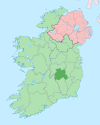Geraghty and Garaghty alare Irish surnames. Originally written in a Gaelic form as Mag Oireachtaigh, the name is derived from the word oireachtach, referring to a member of an assembly. The name of the modern national legislative body in Ireland, the Oireachtas comes from the same Gaelic root.

Mac Amhlaoibh and Mac Amhalghaidh are two different Gaelic patronymic names with different origins and meanings, but which share the same or similar Anglicisations. These Gaelic names are borne by at least three unrelated native Irish clans or septs.
Giolla na Naomh O hUidhrin, Irish historian and poet, died 1420.
Triallam timcheall na Fodla is medieval Irish-language poetic manuscript about topography.
Tuilleadh feasa ar Éirinn óigh is a medieval Gaelic-Irish topographical text, composed by Giolla na Naomh Ó hUidhrín.

The barony of Callan is a barony in the west of County Kilkenny, Ireland. The barony is 22.9 square kilometres (8.8 sq mi) in size. It is one of 12 baronies in County Kilkenny. Unusually for a barony, it contains only two civil parishes which together comprise 65 townlands. The chief town is Callan. The barony is bordered by the baronies of Shillelogher to the north and by Kells to the south. The N76 road bisects the barony. Notable features include Callan Motte and Callan Augustinian Friary.

Fassadinin, sometimes written Fassadining, is a barony in the north of County Kilkenny, Ireland. It is one of 12 baronies in County Kilkenny. The size of the barony is 276.2 square kilometres (106.6 sq mi). There are 19 civil parishes in Fassadinin. The chief town today is Castlecomer. The N78 Kilkenny/Athy road bisects the barony. Fassadinin is currently administered by Kilkenny County Council.
Fearghal Mág Samhradháin, was chief of the McGovern Clan and Baron or Lord of Tullyhaw barony, County Cavan from 1359 until his death in 1393.

Ballyadams is a barony in County Laois, Ireland.
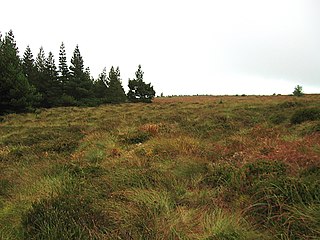
Upper Woods or Upperwoods is a barony in County Laois, Ireland.

Stradbally is a barony in County Laois, Ireland.

Clarmallagh is a barony in County Laois, Ireland.
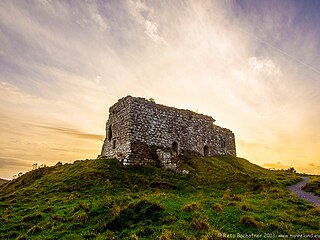
Maryborough East or East Maryborough is a barony in County Laois, Ireland.

Cullenagh or Cullinagh is a barony in County Laois, Ireland.

Portnahinch or Portnehinch (Irish: Port na hInse is a barony in County Laois, Ireland.
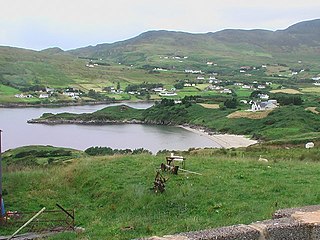
Moycarn is a barony in County Roscommon, Ireland.
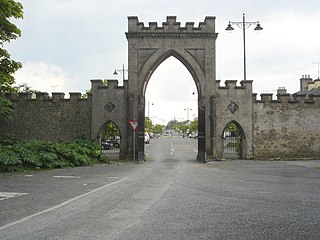
Roscommon is a barony in County Roscommon, Ireland.

Ballintober North, also called Ballintober East, is a barony in County Roscommon, Ireland.
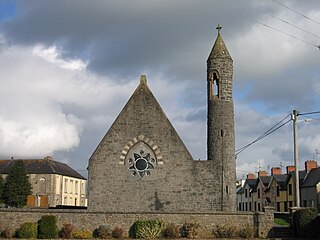
Clandonagh is a barony in County Laois, Republic of Ireland. A barony was a historical subdivision of a county; mainly cadastral rather than administrative.

Tinnahinch Castle is a ruined tower house located near River Barrow in Tinnahinch, County Carlow, Ireland. It has a rectangular structure with a stair tower at the southwest angle, a machicolation between the angles of the two towers protecting the doorway, and a bartizan on the north east angle. All of the windows in the north wall have been stolen.
















